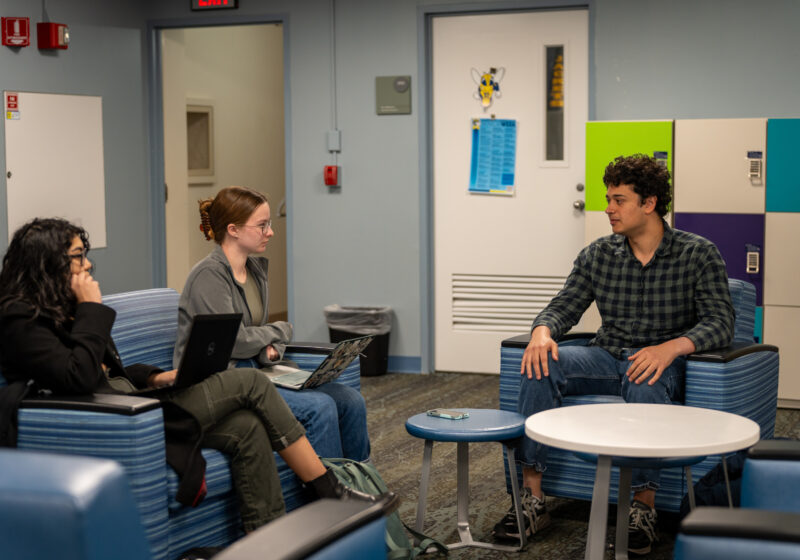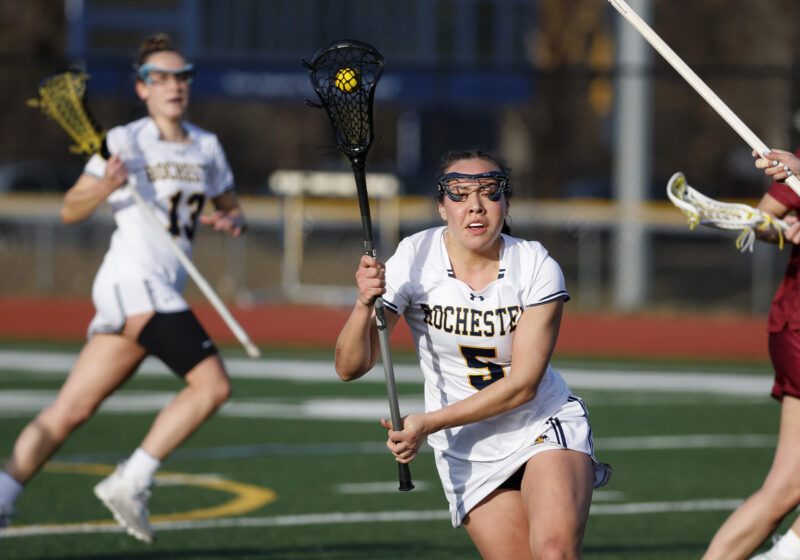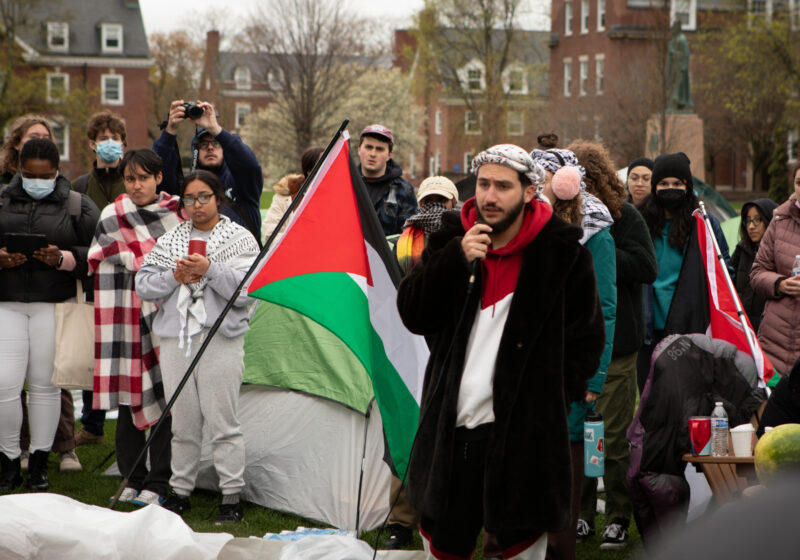Ever wonder what professors of mathematics do? One professor has proven a theorem that has contributed to further mathematical research.
Professor of Mathematics Fred Cohen’s main research is in the field called algebraic topology. It takes place in a modern form of geometry ? an abstract branch of mathematics that focuses on structure and space, not angles or distances. The world can be thought of as made of taffy, allowing one to stretch and pull objects into new and different shapes that can be defined with numbers.
“Topology gives you a way to deal with 10-dimensional objects without actually seeing and touching them. It’s like flying on instruments alone, even though your senses can’t actually comprehend the information, you’re still able to perform the task,” said Doug Ravene, Professor and Chairman of the Math Department.
Although Cohen does not know what the hypothesis of his research may be, his goal is to “give a list of the ways in which certain big dimensional geometric objects can ‘wrap around’ lower dimensional ones up to continuous changes.”
As a result of his research, Cohen, Professor of mathematics Joseph Neisendorfer and retired Professor of mathematics John Moore proved the Cohen-Moore-Neisendorfer theorem.
The details of his research are complicated, but Cohen tried to simplify some of his work. “For example, the ways in which a ‘sphere’ in four dimensions ‘wrap around’ a sphere in three dimensions is given by each whole number 0, 1, -1, 2, -2, etc.,” Cohen said. “This specific case has been understood for 70 years.”
Another example of Cohen’s research arises from braids-structures similar to those made when braiding hair. However, Cohen works on a topic called the “n-stranded braid group,” roughly, all braids made with n strings for n = 2, 3, 4, 5, etc. he said.
About 30 years ago, Cohen developed a certain structure concerning braids called Poisson algebra. “A Poisson algebra is an algebraic object which is used to study geometry. In such an algebra one can add and multiply, but addition and multiplication give information about geometric properties,” Cohen said.
“He’s among the most active researcher in the math department. I don’t know how he finds time for it all, it’s an astonishing amount of time and energy,” Professor of Mathemetics John Harper said.
As a notable algebraic topologist, “Fred may be the greatest authority on the braid group,” Ravenel said.
Though Cohen does not know what answers he expects from his research, his reason to delve further is that he finds it “very interesting to understand how and why certain things ‘work,'” Cohen said. “It is exciting to solve a problem which has been a mystery.”
This past August, Cohen was invited to give a lecture at a NATO sponsored conference on new methods in a subject called quantum field theory. Quantum field theory is a study of relationships between physics and mathemetics sometimes called mathematical physics. One example is mathematical models for the behavior of particles and their interactions. This can be used as a tool to inform a problem.
At the NATO conference, Cohen encountered someone who had used his theorem. “A young mathematician from Moscow used that theorem that I had proven almost 30 years ago to inform a problem concerning a different part of mathematics which I had never thought about,” he said.
Cohen is a teacher of math analysis and some topology. Although he also teaches calculus, but his research usually does not involve this topic.
Lam can be reached at llam@campustimes.org.


